Franklin Introduces Bill To Harness AI To Improve Weather Forecasting And Disaster Preparedness
WASHINGTON, DC,
April 9, 2025
Today, Congressman Scott Franklin (FL-18) introduced the Transformational Artificial Intelligence to Modernize the Economy against Extreme Weather and Wildfires Act (TAME Extreme Weather and Wildfires Act), a bipartisan bill leveraging cutting-edge artificial intelligence (AI) technologies to enhance weather forecasting and strengthen disaster preparedness. Senators Brian Schatz (D-HI) and Tim Sheehy (R-MT) introduced companion legislation in the Senate. “As devastating weather events continue to threaten lives, homes and communities across the country, the need for faster, more accurate forecasting is critical,” said Congressman Scott Franklin, Chairman of the House Science, Space and Technology Committee’s Environment Subcommittee. “The TAME Extreme Weather and Wildfires Act leverages emerging AI technologies to enhance forecasting systems and bolster disaster preparedness. By encouraging American innovation and uniting the efforts of the federal government, academia and the private sector, our bill ensures we can respond swiftly to natural disasters here at home without relying on foreign data. I’m pleased to join Senator Schatz in leading this bipartisan effort to protect Americans and modernize our national weather capabilities.” “Extreme weather events are becoming more frequent, more severe, and more deadly, and AI can be a powerful tool in saving lives and livelihoods,” said Senator Schatz, a senior member of the Senate Committee on Commerce, Science and Transportation. “Our bill will harness AI’s immense processing and prediction capabilities to improve weather forecasts and help communities better prepare for and respond more quickly to extreme weather events.” “Extreme weather and wildfires cost us hundreds of billions of dollars in economic impact and harm countless Americans each year, yet our government response – particularly to wildfire – hasn’t changed in decades. By incorporating leading-edge artificial intelligence into our forecasting and disaster threat prediction modeling, we will have the ability to know where, how big, and how bad weather is going to be, and can take preventative measures long before the impact is realized. Now is the time for transformational innovation and leadership to prevent future tragedies and protect American families, homes, and communities from disaster quickly and effectively,” said Senator Sheehy. The TAME Extreme Weather and Wildfires Act directs the National Oceanic and Atmospheric Administration (NOAA) to develop and implement AI-powered forecasting models for weather and wildfires. Currently, global forecasting efforts depend heavily on a dataset maintained by the European Centre for Medium-Range Weather Forecasts. To build independent U.S. capacity, this measure mandates the creation of a domestically owned global weather dataset and promotes collaboration with the private sector and academia to accelerate research, development and innovation. Specifically, the TAME Act directs NOAA to:
In 2023 alone, the U.S. experienced a record 28 separate billion-dollar disasters, costing lives, homes and communities across the country. The TAME Extreme Weather and Wildfires Act aims to ensure the federal government is equipped to anticipate and respond to these growing threats through faster and more precise forecasting tools. ### |

